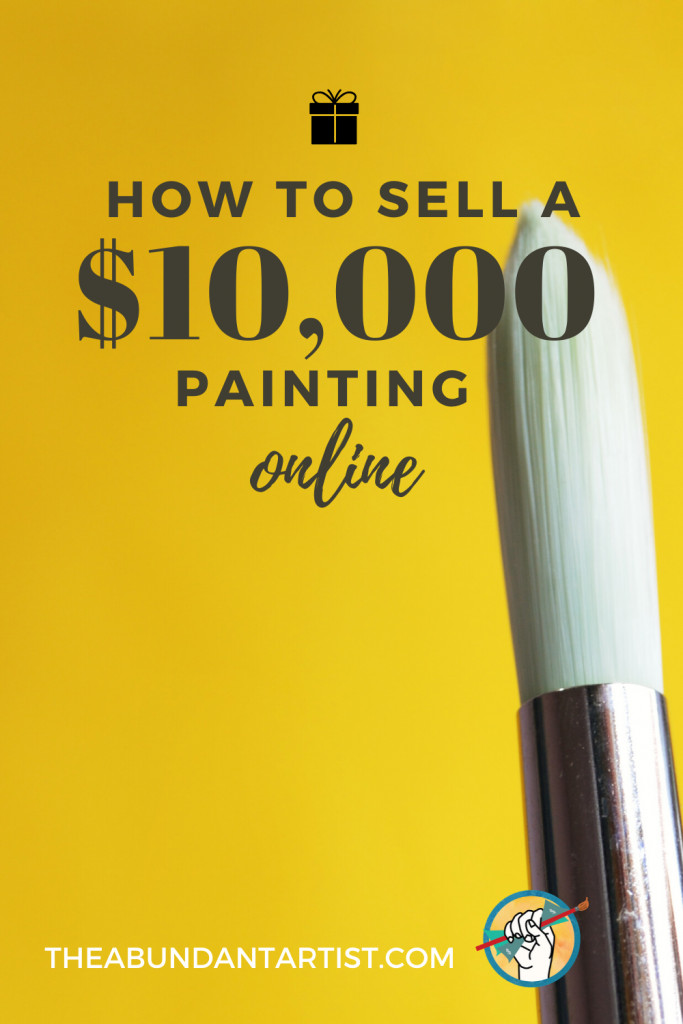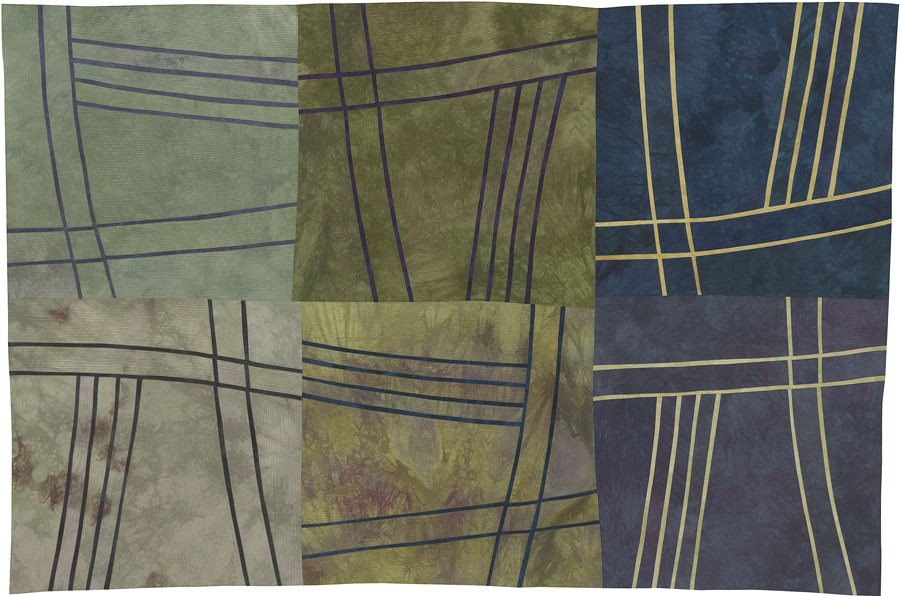Many artists believe that selling high-value art online is impossible, assuming that the art world is solely reliant on physical galleries. This misconception often stems from the traditional art market’s emphasis on brick-and-mortar establishments. However, numerous artists are proving this wrong, successfully selling paintings online for significant sums, including $5,000, $10,000, and even more.
To dispel these myths, we’ve reached out to successful artists who have embraced online platforms to sell their work. Their experiences reveal that not only is selling art online viable, but it can also be a lucrative path for artists willing to adapt and engage with the digital world. These artists are not just making sales; they are building sustainable careers by connecting with collectors directly through the internet.
Success Stories: Artists Selling Art Online
Let’s explore the strategies employed by artists who are thriving in the online art market. Their stories offer valuable insights and practical approaches to selling art online effectively.
Matt LeBlanc: Small Paintings as Loss Leaders
Matt LeBlanc, a Canadian painter, highlights the power of “loss leaders” in the art world. In retail, a loss leader is a product sold at a minimal profit to attract customers. Matt applies this concept to small paintings. He uses them to initiate relationships with potential collectors. These smaller, more affordable pieces serve as an entry point for collectors to experience his art and his style.
 Minimalist white painting with the text "Father Dad Appreciation"
Minimalist white painting with the text "Father Dad Appreciation"
Matt explains, “Most of my online sales range from $200 to $600, averaging around $350. However, the custom orders are where the real financial gains are.” He elaborates that clients often start with a smaller piece and then return for custom orders. “It seems everyone is looking to fill wall space, so size, style, and color are crucial for them.”
These custom orders can range from $300 to upwards of $5,000 – $7,000 for larger, bespoke pieces. Matt emphasizes that even if the initial transaction isn’t a large sale, the online relationship is the key. Maintaining contact through newsletters, blogs, and social media platforms like Facebook, Twitter, and Instagram is vital for nurturing these connections.
Matt further notes the long-term value of each client, “I’ve noticed most clients acquire an average of 3 pieces from me. Even if the first sale is almost at cost, acquiring a new client is incredibly valuable because they often return for more significant purchases.” His strategy of selling smaller works at accessible prices isn’t about immediate profit, but about building a client base that leads to larger, more profitable sales in the future.
 Large abstract painting on canvas, showcasing commissioned art piece
Large abstract painting on canvas, showcasing commissioned art piece
Matt’s approach can be summarized into these key steps for selling art online:
- Attract collectors with accessible art: Sell smaller pieces in the $350 range to draw in new clients.
- Capture contact information: Collect collector’s details and integrate them into a nurturing campaign using email lists and social media.
- Offer progressively valuable art: Market increasingly expensive works to your existing collector base. This is crucial as collectors rarely make large purchases from artists they are unfamiliar with.
- Promote custom commissions: Utilize your portfolio to showcase your capabilities and communicate your willingness to create custom pieces under the right terms.
Gwenn Seemel and Lisa Call: Social Media and Online Conversations
Gwenn Seemel and Lisa Call demonstrate how online conversations, often initiated through social media, can lead to significant art sales and commissions. Both artists are active on social media platforms and have cultivated substantial online followings.
For artists like Gwenn and Lisa, the journey to a sale often begins with casual online interactions:
- A follower’s friend notices their interaction with the artist on social media.
- Curiosity leads them to follow the artist and engage with their content.
- Over time, these interactions prompt them to explore the artist’s website.
- Finally, they might subscribe to the mailing list, make a purchase, or initiate a conversation about a commission.
Gwenn Seemel recounts a significant commission that originated online, “I don’t recall exactly how Jeannette discovered my work, but my website ultimately convinced her. She commissioned a large portrait of herself and her late husband, totaling $4600 for the pair.” Gwenn’s website, GwennSeemel.com, serves as a crucial online portfolio and sales platform.
 Portrait painting by Gwenn Seemel, example of commissioned artwork
Portrait painting by Gwenn Seemel, example of commissioned artwork
 Portrait painting by Gwenn Seemel, showcasing online art commission success
Portrait painting by Gwenn Seemel, showcasing online art commission success
Lisa Call shares a story of an even larger sale, “The most expensive piece I sold was a five-figure commission that began with an online interaction. The client ended up purchasing a second piece simultaneously. Although the initial contact was online, I did present the work in person for final approval.”
 Abstract textile art by Lisa Call, highlighting high-value online art sales
Abstract textile art by Lisa Call, highlighting high-value online art sales
Lisa also highlights the role of art consultants, “I’ve sold several large pieces (over $5000 each) to art consultants solely through my online images. They were already familiar with the quality of my work and were comfortable purchasing based on digital representations.” Her online presence and high-quality digital portfolio at lisacall.com enabled these high-value sales without requiring physical gallery representation.
Key Strategies to Sell Art Online
These artist stories highlight recurring strategies for selling art online successfully:
Building Relationships with Collectors
Nurturing relationships with potential and existing collectors is paramount. Start by offering accessible, lower-priced art to initiate engagement and build trust. Consistent communication and engagement through online channels are essential for fostering long-term collector relationships.
Leveraging Online Platforms and Social Media
A professional website showcasing your portfolio is crucial. Actively participate on social media to increase visibility and engage with potential collectors. Use these platforms to share your work, process, and artistic journey, fostering connections and driving traffic to your online sales channels.
Offering Custom Commissions
Be open to custom commissions as they often represent higher-value sales. Clearly communicate your willingness and process for custom work on your website and social media. Use your portfolio to inspire collectors and demonstrate your capabilities for personalized art pieces.
Conclusion: Making a Living Selling Art Online
Selling art online, including high-value pieces, is not just a possibility but a proven reality for many artists. By adopting strategies like using smaller pieces as entry points, nurturing online relationships, and leveraging digital platforms, artists can build thriving careers and connect with a global audience of collectors. The experiences of Matt LeBlanc, Gwenn Seemel, Lisa Call, and others demonstrate that the art market is evolving, and online platforms offer unprecedented opportunities for artists to achieve financial success and artistic fulfillment. Embrace the digital art market and start building your online presence today to unlock new avenues for selling your art.

